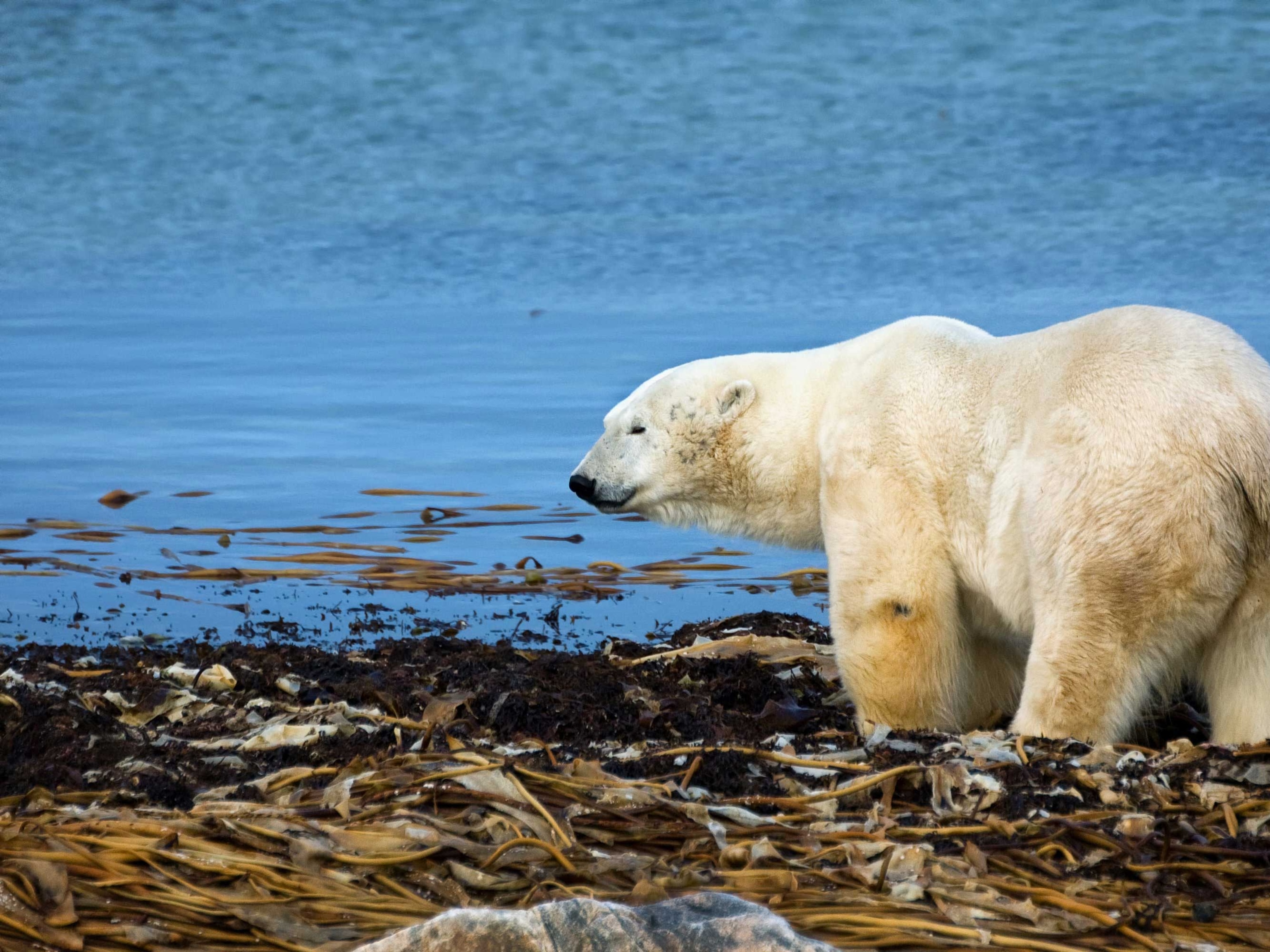
Beat the heat: 8 science-based hacks to keep cool
Throw some cold water on the usual hot-weather rules. These tips inject a little fun into those sweat-filled days—and still keep children—and adults—safe outside.
Summertime means sweat, sticky skin, and strange wet spots on your clothes. You might prefer to avoid that sun-induced drip, but leaving that all behind means leaving all the summertime fun behind—a truly unacceptable way to experience the season.
Still, things are getting hot around here—here being the entire planet. According to the Intergovernmental Panel on Climate Change, the last 10 years have been the hottest decade in 125,000 years. And that’s affecting the weather we experience. As temperatures around the globe continue to rise, the Environmental Protection Agency notes that heat waves have become much more intense in both frequency and heat indexes when compared to the 1960s.
That means hotter summers for children—and adults. And though getting kids outside is important for their physical, mental, and emotional development, the American Academy of Pediatrics advises caretakers to keep an eye on the heat index, or combination of temperature and humidity. The organization recommends that as it becomes 90 degrees or higher, parents should progressively limit time outside.
Additionally, families should stay indoors when it reaches 100 degrees, according to pediatric medicine expert H. Dele Davies, senior vice chancellor for academic affairs and dean for graduate studies at the University of Nebraska Medical Center. (You can figure out your local heat index through this National Weather Service chart.)
But not all hot days reach this emergency level, so no need to spend the entire season inside. Well-known advice like drinking water and staying in the shade will keep kids cooler longer so they can soak up as much of those outdoor benefits as long as they safely can. These eight tips put a fun spin on those rules—and teach everyone some science at the same time.
Make ’em sweat. Sweat is basically our bodies’ air-conditioning system because our internal heat converts the sweat into vapor. “That pulls heat away from you,” Davies says, lowering your body temperature as heat is released during evaporation. So long as it hasn’t reached that 90-degree heat index, encourage kids to play hard and become sweaty little messes—just keep those water bottles close so they can replace the lost fluids.
Eat your water. That said, people don’t always want to stop for water breaks. The secret? Pack snacks with the most water-intense foods you can. Cucumbers and tomatoes are 96 percent and 95 percent water, respectively, making the pair an excellent option. On the sweeter side, watermelon is 92 percent water.
Create a cool zone. Davies says that mist on the body can have the same heat-releasing effect as sweat. (Plus the cold water offers a brief respite for a hot body.) Have kids play spray games with your hose’s mist setting on, or build your own mister from PVC pipe and mister jets. (Or, you know, buy one.)
Get your clothes wet. Davies says that wet clothes release heat from the body much the same way that sweating does: After, for instance, running through a cold sprinkler, or taking a dip, the water in the wet clothes evaporates, pulling heat from the body. Plus, since the water is cooler than the air, you get a double whammy of cool.
So be a little naughty by allowing clothes to get soaked—just make sure they’re quick-drying clothing. Davies says that clothes that stay wet too long can pull heat from the air into the body as they try to dry. Choose fabrics that dry quickly, like breathable nylon or thin cotton.
Ice down your hot zones. Grab a bowl of ice cubes and rub the ice on the body’s pulse points: wrists and neck, the insides of elbows and knees, the tops of feet, inner ankle bones, inner thighs, and temples. Blood vessels there are closer to the surface of your skin, so the ice can cool the blood that passes through them more easily and quickly—and then that cooled blood will move through your body.
For longer-lasting relief, Eric Campbell, who shares his tips for withstanding high heat on his TikTok account, Eric_the_Green, dips bandannas in cold water and wraps them around his ankles, wrists, and head.
Stomp in those puddles. Letting children stomp in cool water is a great way to chill their feet and ankles, some of their most impactful “hot zones.” If it hasn't rained in a while, make a path of items that you can fill with water, like wide bowls, plastic containers, or plastic kiddie pools, and have them navigate this journey of tiny pools. One caveat: Rain boots and waterproof sneakers will block the skin’s ability to benefit from the cool water, Davies says. That makes barefoot best, but if you need shoes, choose sandals.
Hat on, hat off. A brimmed hat keeps harmful rays off faces, but it also might hold in heat. Give your scalp a break once you're under some shade. Davies says this might allow moisture from the head to evaporate more easily. That might help cool down the body and prevent that sweaty moisture from eventually absorbing the air’s heat.
Don’t scream for ice cream. Ice cream might have a brief cooling effect, but over time it might do just the opposite. The frozen treat is primarily made of milk fat and sugar, and according to food and nutrition expert Bohdan Luhovyy in a paper published by Mount Saint Vincent University, fat requires high amounts of energy to break down. That releases heat in the body, a process called diet-induced thermogenesis. To avoid that extra heat on a hot summer day, make some sugar-free fruit pops instead.



